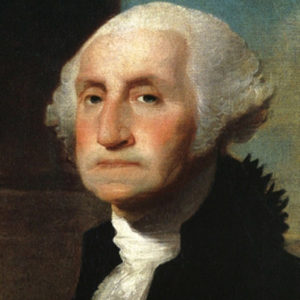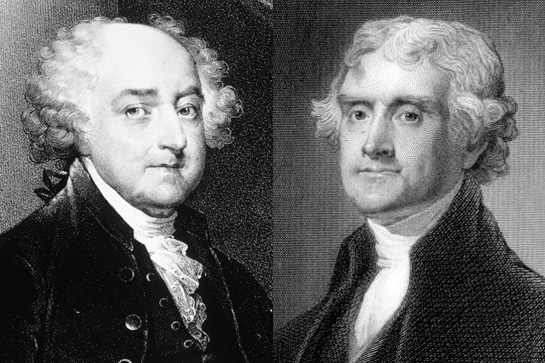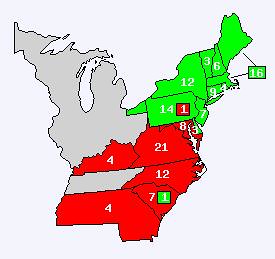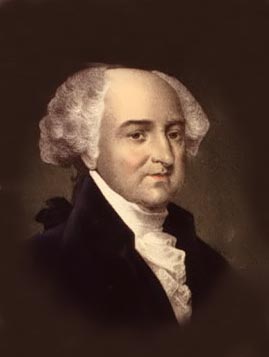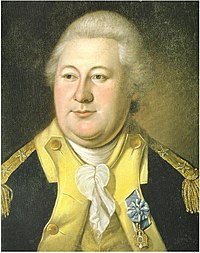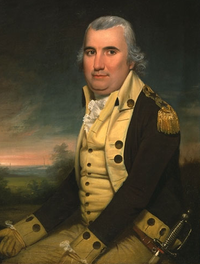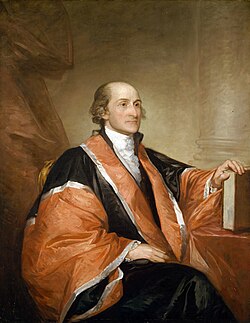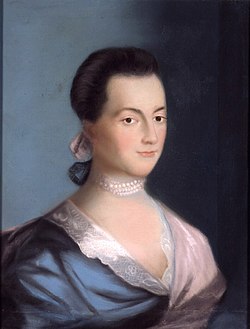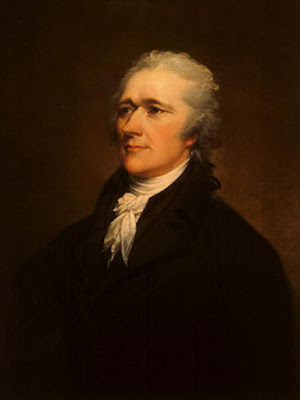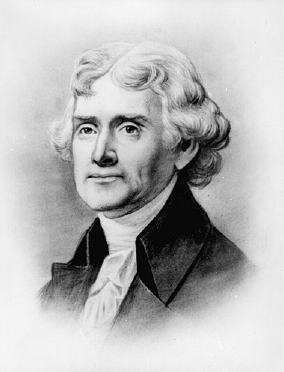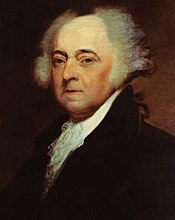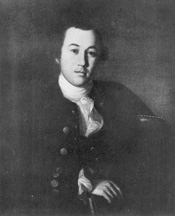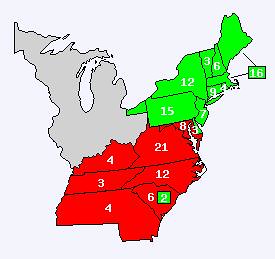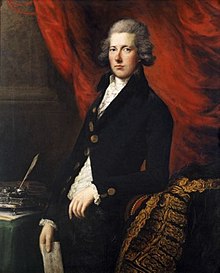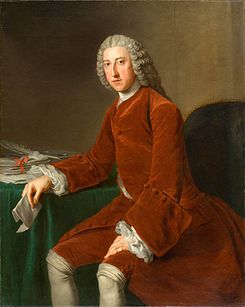Congress:
Senate
President: Henry Tazewell-Fed.
President Pro Tempore: Ralph Izard-Fed.
Federalists-17
Democratic-Republicans-15
House
Speaker: Jonathan Dayton-Fed.
Federalists-54
Democratic-Republicans-52
By March Adams took the oath of Office for a second time, a fact most Republicans detested. Even Thomas Jefferson, a longtime friend of the President, argued in favor of a 1-term Amendment. The Federalists disagreed completely, they argued Washington had made it a personal decision to serve one term and not a requirement. The debate drove on for several months but ultimately led to nothing.
Around the same time France began openly requesting the United States’ support. Adams, as well as Hamilton (his Secretary of State) openly preferred trade with Britain and believed that the treaty with France became null following the overthrow of their monarch. America was divided generally by region. In the Northeast the majority of the population supported themselves by trading with Britain and Canada (merchants, shipbuilders) while in the South they stood with their leaders such as Jefferson and Madison who wanted to join the fight in favor of France. Other regions had blurred opinions and party lines could be seen by just looking at a map of the nation. The French eventually grew frustrated and demanded millions just to begin negotiating as they saw little American progress, meanwhile Britain threatened an end to trade if talks began with France. Adams eventually issued a second statement of Neutrality which was put through Congress and survived. America would be willing to trade with either nation but if they began penalizing, stealing, or impressing merchant or trade ships an embargo would be placed over them and America would begin sole trading with the other country. The Act would go into effect on January 1st, 1798.
Once news reached London and Paris both governments removed orders to impress American men into service in their respective armies. Although it quelled attacks on trade both the British and French ambassadors met with the President on several occasions expressing their disappointment with the Act and pleaded for a reform. Jefferson, the former Vice President also agreed. They proposed that the side that violated the law only would receive a tariff on their goods not a complete embargo. Adams was doubtful and believed that without a harsh punishment they wouldn’t comply.
Construction of the new Navy
The President then decided he needed to expand America’s Navy so other countries would comply with the Trade Embargo Act. His proposal was expected to fail as the generally Federalist state of Pennsylvania had no interest in supporting jobs in the coastal Northeast while their landlocked state didn’t receive any benefits. Former Vice President Thomas Jefferson came back to Congress and met with several Federalists and Republicans for a proposal he had come up with. Those attending included his rival Hamilton, James Madison, Henry Tazewell, and Aaron Burr. With them and other politicians he came up with the idea that Adams’ Navy Expansion Act and the Tariff Act be combined so that the United States could use it’s Navy to enforce the Tariffs and still protect the nation. The compromise became very popular and was then known as the “Jeffersonian Compromise”.
By the time the Act passed it was already November. Construction of 6 new boats began immediately while the others were to be spread out over a longer period. New troubles soon hit Congress as many of the Democratic-Republicans proposed states be able to draw on their own resources and create state Militia Navies. The Federalists were reluctant on the issue as it handed over crucial power from the Federal Government to State’s Governments. The law narrowly passed through the House and the Senate but the President vetoed it and it didn’t manage to be overridden.
With the threat of War declining temporarily early 1798 began a generally prosperous period for the young nation. Trading began to increase and the President became very popular. The idea of Acts against citizens from abroad living in the United States were forgotten by the Federalists, originally titled the “Alien and Sedition Acts” they proved unnecessary at the time following the Trade Tariff Act. The rest of 1798 is very calm’ little was debated and 1799 arrived promptly.
Constitution vs. Gloucester
The smooth patch came to an end just days after the new year. On January 5th, 1799 the U.S. Merchant ship the Providence which had 15 guns was attacked by the British ship the Gloucester a 44 gun ship. There was a light skirmish but ultimately 4 passengers were impressed into service by the British. When new reached the Capital in the following days the Government was outraged. The tariff was enacted on all trade from the British and within weeks every major port city began complying. The British were furious as they had believed that the United States was just trying to insert power it did not have and wouldn’t actually enact the tariff. In response Parliament enacted a counter Tariff on American goods. Trade began to slow with the British Isles while it picked up with the French, who were more eager to have a country leaning its support towards them.
The navy continued expanding as Adams had requested and many were not surprised when he again called for an increase in it’s size. The British had began openly attacking American ships and though there were several victories there were more losses. The ambassador to France James Monroe negotiated a treaty in which France promised to protect American ships in return for a small repayment by the Government. When it reached Washington Adams and Congress passed it through almost unanimously, the nation was preparing for war even if it may never occur.
Meanwhile in the United Kingdom the Prime Minister William Pitt grew furious when spies alerted him of the treaty. He issued orders to seize all American ships on sight. The American ambassador, Rufus King, urged them not to go through with the order as he believed it would be an act of war. He alerted government members in America about the oncoming onslaught and coastal cities began building defenses. Boston, New York City, Washington D.C., and Charleston gained assistance from the military with their fortification efforts.
By March Adams had ordered ships north toward Canada and they began seizing merchant vessels and transporting them back to Boston where they’d be repaired and sent out as American ships. Americans viewed this as justified because of British raids in the past.

